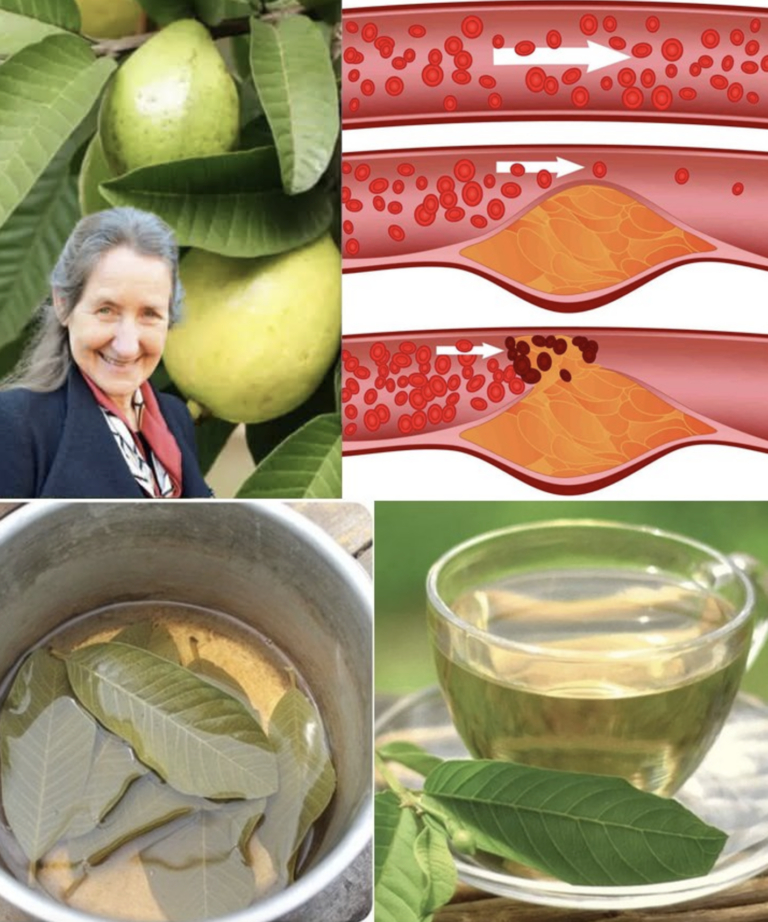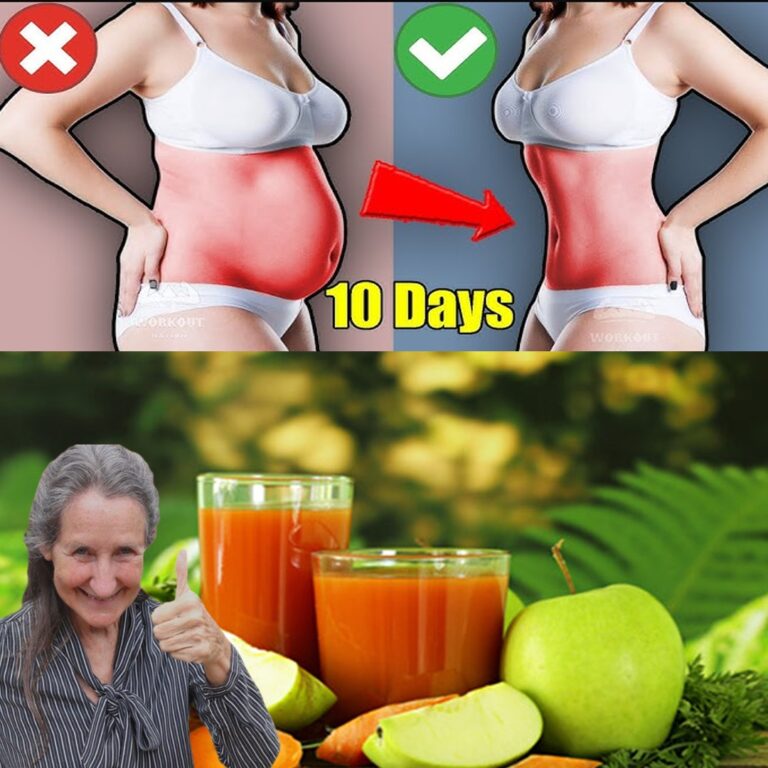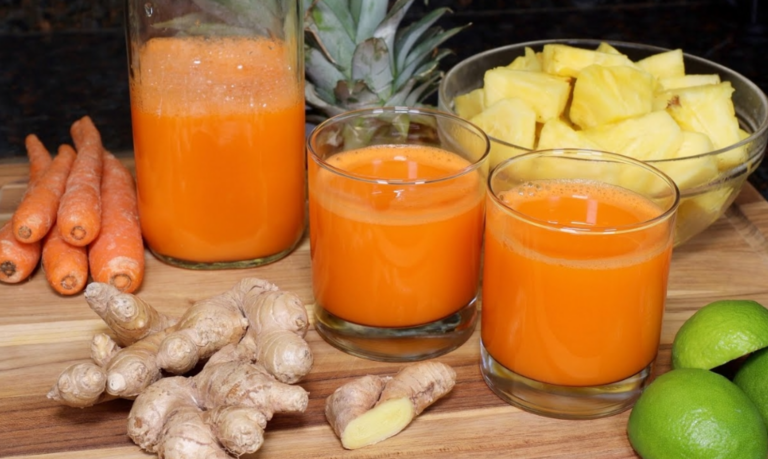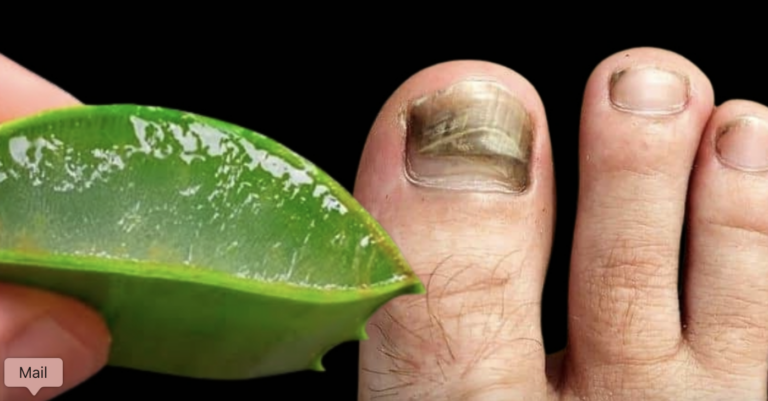Tea is more than just a warm beverage. It’s a ritual, a source of comfort, and a natural way to support both your body and your mind throughout the day. Whether you’re looking for a gentle energy boost to kick-start your morning or a calming blend to help you relax after a long day, the right tea can make all the difference.
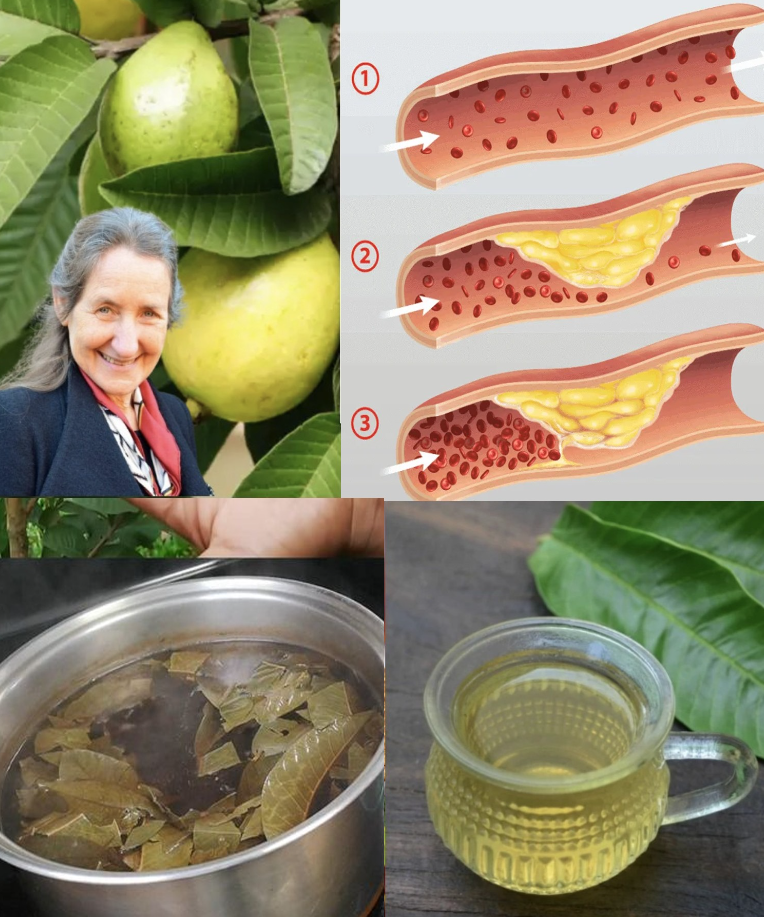
From ancient herbal traditions to modern wellness trends, teas have been used for thousands of years to promote vitality, calmness, focus, and sleep. The best part is that you don’t need to be a tea sommelier to experience these benefits. With just a few natural ingredients and a bit of care, you can brew wellness right in your kitchen.
In this guide, you’ll learn how to make two beautifully simple and highly effective tea blends: one designed to energize your mornings and the other crafted to help you unwind in the evening. Each blend features handpicked ingredients known for their natural therapeutic qualities. Let’s explore how you can incorporate these teas into your daily rhythm and embrace their full potential.
Morning Energizing Tea: A Natural Kickstart to Your Day

Waking up can be a struggle, especially when your to-do list feels longer than your energy reserves. Rather than reaching for a sugary energy drink or your third cup of coffee, why not try a tea that’s both revitalizing and gentle on the body?
This morning tea blend brings together green tea, ginger, cinnamon, and lemon—a powerhouse combination of ingredients designed to awaken your senses, jump-start your metabolism, and provide a steady stream of energy without the jitters.
Ingredients:
- 1 cup of hot water
- 1 bag of green tea or 1 teaspoon loose-leaf green tea
- 1-inch piece of fresh ginger (grated or sliced)
- ½ teaspoon cinnamon
- 1–2 lemon slices
- 1 teaspoon honey (optional)
Directions:
Start by boiling water in a kettle or saucepan. While the water is heating, add your green tea and ginger to a cup. Once the water reaches a gentle boil, pour it over the tea and ginger mixture.
Add cinnamon and let the tea steep for 3 to 4 minutes. Stir in lemon slices and honey to enhance flavor and add a touch of natural sweetness. Strain the tea to remove ginger pieces, and sip slowly while it’s warm.
This energizing tea delivers a clean boost of caffeine from green tea, balanced by the anti-inflammatory effects of ginger and the metabolism-boosting properties of cinnamon. Lemon adds a refreshing twist and supports hydration, while honey brings a soothing, smooth texture to every sip.
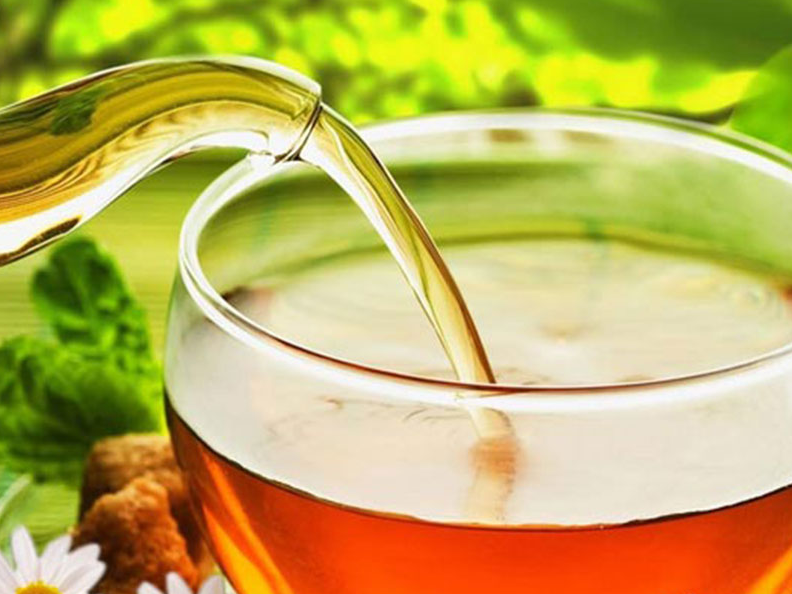
Evening Calming Tea: Wind Down and Sleep Deeply
After a busy day, your body and mind crave relaxation. Stress, screen time, and late meals can disrupt your ability to unwind and get quality sleep. That’s where this calming evening tea comes in.
This blend includes chamomile, fresh mint, lavender, and honey—a beautiful combination that promotes relaxation, calms the nervous system, and prepares the body for a restful night’s sleep. Each ingredient is chosen for its ability to reduce tension and soothe the senses.
Ingredients:
- 1 cup of hot water
- 1 bag of chamomile tea or 1 teaspoon loose-leaf chamomile
- 1 sprig of fresh mint
- 1 teaspoon dried lavender
- 1 teaspoon honey (optional)
Directions:

Boil water and pour it into your cup. Add the chamomile, mint, and lavender to the hot water and let it steep for 5 to 7 minutes. If you prefer a stronger tea, feel free to extend the steeping time for an even more powerful infusion.
Stir in honey to taste and sip your tea in a quiet, relaxed setting. This tea is perfect after dinner, during your bedtime routine, or any time you need to slow down and breathe deeply.
Chamomile helps ease anxiety and improve sleep quality, mint supports digestion and offers a refreshing note, and lavender is well known for its calming aroma and stress-relieving properties. Together, they create the perfect nighttime ritual.
Serving and Storage Tips
The morning tea is best enjoyed fresh and warm, but if you’re in a hurry or like a chilled option, it can be brewed in advance and stored in the refrigerator for up to 24 hours. Serve over ice with a sprig of mint or an extra slice of lemon for a cooling twist.
The calming tea can also be made ahead of time and stored in the fridge for 1 to 2 days. Reheat gently before drinking or enjoy it cold for a refreshing bedtime drink, especially in warmer months.
When storing tea, always use a glass or ceramic container with a lid to maintain freshness and preserve the herbal qualities of the blend.
Creative Variations to Make Each Cup Unique
If you enjoy experimenting with flavors or adjusting your tea to your health goals, here are a few variations you can try:
Morning Tea Variations:
- Add a pinch of cayenne pepper for a warming effect and a metabolism boost.
- Use black tea instead of green tea for a stronger caffeine kick and a richer flavor.
- Include a few fresh turmeric slices for added anti-inflammatory benefits and a beautiful golden color.
Evening Tea Variations:
- Swap out lavender for lemon balm if you prefer a citrusy, lemon-forward flavor. Lemon balm is also known for its calming effects.
- Add a few thin slices of ginger to enhance digestion and provide a warming effect on cool evenings.
- Try valerian root instead of chamomile for deeper relaxation. Valerian has strong sedative properties, so it’s ideal if you’re struggling with insomnia—but start with a small amount to see how your body responds.
Building a Daily Tea Ritual for Mind-Body Wellness
Incorporating these teas into your daily routine isn’t just about hydration or flavor—it’s about creating intentional moments for wellness. Begin your morning with a quiet cup of energizing tea to set a positive tone for the day. Savor the flavors, breathe in the aroma, and let the warmth awaken your senses.
As evening approaches, switch gears with a calming cup of herbal tea. Use this moment to slow down, reflect, and signal to your body that it’s time to transition into rest mode. Turning your tea time into a ritual creates space for self-care, mindfulness, and restoration.
Over time, these small yet meaningful habits contribute to better energy, improved digestion, reduced stress, and deeper sleep. And perhaps most importantly, they give you a daily opportunity to connect with yourself, away from screens, noise, and distraction.
Final Thoughts: Tea That Supports the Rhythm of Your Day
Energizing in the morning. Soothing in the evening. These two tea blends can support you at both ends of your day with natural ingredients that are gentle, effective, and easy to prepare.
You don’t need fancy equipment or rare herbs to experience the benefits of these teas. All it takes is a few simple ingredients, a quiet moment, and the willingness to make wellness part of your daily routine. Try both recipes, explore the variations, and listen to how your body responds.
Let tea be more than just a drink—let it be your daily companion in energy, calm, and balance.
